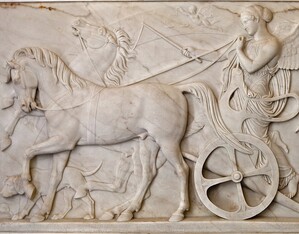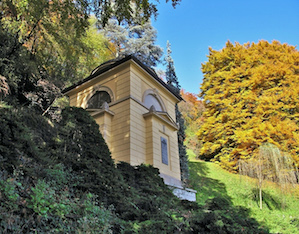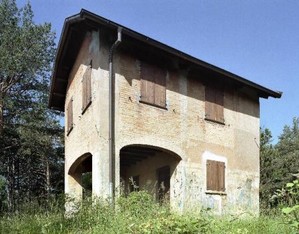Home to Count Henry Mylius, a German entrepreneur who fell in love with Italy and was a friend of Manzoni’s and Cattaneo’s, as well as an acquaintance of Goethe’s and Schiller’s, this sober and elegant estate – a romantic park overlooking Lake Como, with a highly-eclectic sample of large trees, rose espaliers, and greenhouses full of rare orchids – was later transformed into a memorial to the Count’s late son, Giulio.
Today, the property is the German-Italian Centre; since 1983, it has belonged to the Federal Republic of Germany. Count Henry Mylius (1769-1854) originally purchased this Villa on the slopes surrounding Lake Como in 1829. A well-known merchant of German origin, the Count chose it as a summer residence and meeting place for friends, artists, entrepreneurs and politicians. The Villa became the centrepiece of an agricultural estate dedicated to oil, wine, fruit and mulberries, extending upstream through woods and pastures dotted with barns and cottages. Initially conceived as a place of pleasure and delight, the park was radically redesigned in 1830. The untimely death of the family’s sole heir prompted the Count to build a memorial dedicated to his son’s spirit: a small temple in neoclassical style, erected in 1831 to commemorate young Giulio. The eight-hectare English-style garden, occupying a slope that drops some 100 metres in height, benefits the complex with a natural setting of rare beauty. Paths enlivened by statues, fountains and epigraphs wind through groves of centuries-old trees and exotic plants, linking the various buildings on the property, which include the Casetta Svizzera, the Ca’ Bianca cottage, greenhouses and flower collections, and the Darsena at the Menaggio entrance. Between 1855 and 1865, architect Giuseppe Balzaretti conceived new, romantically-inspired perspective views, and designed some rather unique stables in an eclectic style. After Enrico Mylius’s death, the estate was inherited by his daughter-in-law’s son, Giuseppe Vigoni, from whom it passed to his only son, Ignazio Vigoni, who left the property to the Federal Republic of Germany.




